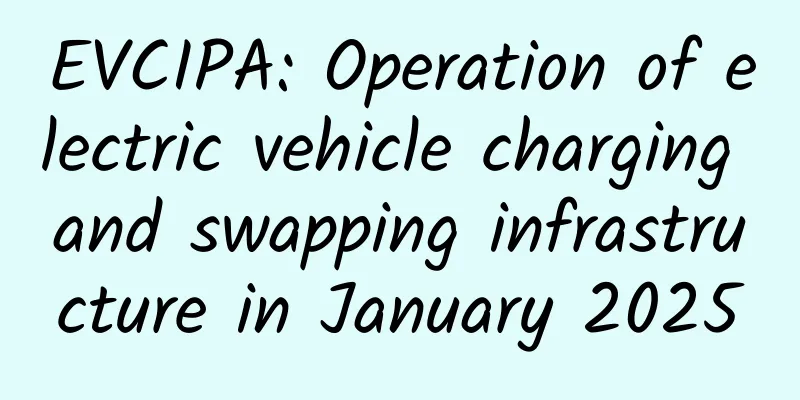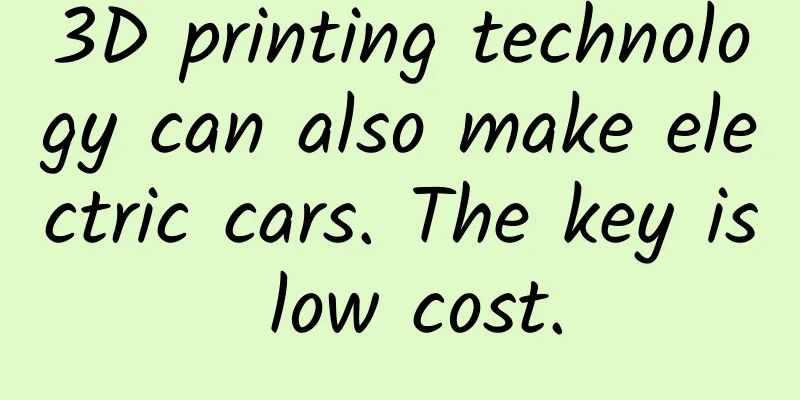Weekly Technology Award|The beginning of the dream of a lively metal battery

|
Electricity supports our daily lives: we use batteries to store energy, drive mobile phones and vehicles, and the time-space imbalance of electricity requires the power grid system to use batteries to store and release energy, storing excess electricity and releasing it to users during peak electricity demand. Therefore, both individual users and industrial production have put forward demands for higher energy density, more reliable and cheaper energy storage batteries. One of the important results of the 2011 National Natural Science Award Second Prize "Study on Hydrogen, Lithium and Magnesium Storage and Battery Performance of Several Inorganic Materials" that we are going to introduce today is a series of research conducted on lithium batteries and magnesium batteries. High energy and safety: the double-edged sword of active metal batteries From an energy perspective, the more active the metal, the more energy it can release, and the more energy it can store in the battery. As for lithium-ion batteries, the activity order of lithium is roughly between sodium and magnesium, and it is light in weight, making it an ideal energy storage battery material. Therefore, lithium batteries are very common in our daily lives. But in fact, the process of lithium-ion batteries from invention to commercial use is not smooth sailing. The reason is that although metals with active properties can store and release more energy, the other side of their activity is poor stability, which brings corresponding problems to their application. Confine active ions to achieve stable charging The key to solving this problem is to prevent active metals from reacting directly, but to store or release energy through the transfer of active metal ions. Take lithium-ion batteries as an example. If active metals such as lithium are used directly to store energy, they will release enough energy while reducing the safety of the battery itself, and the charging process is difficult to achieve. Existing lithium-ion battery technology uses the positive and negative electrode materials of the battery for charge and discharge cycles. When the positive electrode is discharged, lithium ions fully release energy. When the negative electrode is charged, lithium ions accumulate energy. Lithium is constrained between the positive and negative electrodes, which can stably store and release energy without causing accidents. Since lithium ions are not directly oxidized or reduced during the charging and discharging process, this type of battery built on ion migration is also called a "rocking chair battery." Developing active ion carriers to create future batteries As mentioned earlier, the key to modern energy storage batteries lies in the carriers of active metal ions at the positive and negative electrodes. Finding safer and higher-performance metal ion carriers has become an important research topic for scientists. The project "Research on Hydrogen, Lithium, and Magnesium Storage and Battery Performance of Several Types of Inorganic Materials" led by the team of Academician Chen Jun of Nankai University has carried out a series of research work around two completely different but similar research paths: on the one hand, developing lighter and higher-performance lithium ion carrier materials, and on the other hand, developing new magnesium ion carrier materials. For lithium-ion batteries, although the carrier is good, it does not store energy itself, but is only used as a storage place for lithium ions. Therefore, reducing the weight of the carrier means improving the energy density of the battery. In addition, constructing new lithium-ion carriers can increase the voltage of the battery and further increase the battery energy density. Academician Chen Jun's team has developed a series of new lithium-ion carrier materials, which effectively improve the energy density and safety of the battery. In recent years, the team led by Academician Chen Jun has developed a series of active metal ion batteries such as magnesium and sodium. Some of the results have been transformed and applied, and are expected to further promote the development of the electrochemical energy storage field. (Text: Li Cunpu, Professor of the School of Chemistry and Chemical Engineering of Chongqing University; Reviewer: Yang Ke, Professor of the School of Chemistry of Nankai University) China Association for Science and Technology Department of Science Popularization Xinhuanet Co-production |
<<: Where is Chaoge in "The First Part of Investiture of the Gods"?
Recommend
China's mobile payments are changing the world's habits
With the popularization of mobile phones and mobi...
Antioxidant King! People who often eat these 6 types of food really age slowly
Planning丨Zhong Yanping Visual丨Zhu Hangyue Design丨...
The king of summer! Do you know some interesting facts about watermelon?
"Withered vines, old trees, and crows, there...
The cold wind is howling. Each plant has its own unique way to save its life!
In order to compete for limited sunlight and wate...
App promotion: reasons for user loss and solutions!
The so-called user retention rate refers to the p...
Case analysis | Analysis of Lagou education event promotion!
As customer acquisition costs continue to rise, p...
Case study: How to make information flow advertising in the beauty industry more effective?
Women love beauty, forever Regarding why women lo...
How to write a complete short video operation plan?
In January 2019, a friend wanted to hire me to be...
Better than Android, is iOS 15’s universal search function so awesome?
Search (Spotlight) has a long history on iOS. In ...
Do you always want to slack off at work? Scientists: Your brain needs to detox!
This week for workers It's been a long week T...
Why do I want to laugh when others laugh?
Planning and production Source: A Brief History P...
What is Weibo Fans Link? Why choose Weibo Fanstong?
1. Introduction to Fantong What is Fantong? To pu...
Even Huawei is in trouble. It is really difficult for domestic mobile phones to "go global".
Recently, a piece of news has been spreading like ...
Video account batch diversion, screen domination industry keywords (basic class) comprehensive and systematic explanation of video account gameplay
Video account batch diversion, screen domination ...
11 commonly used data analysis methods for product operations!
There are many methods of data analysis . Today w...









